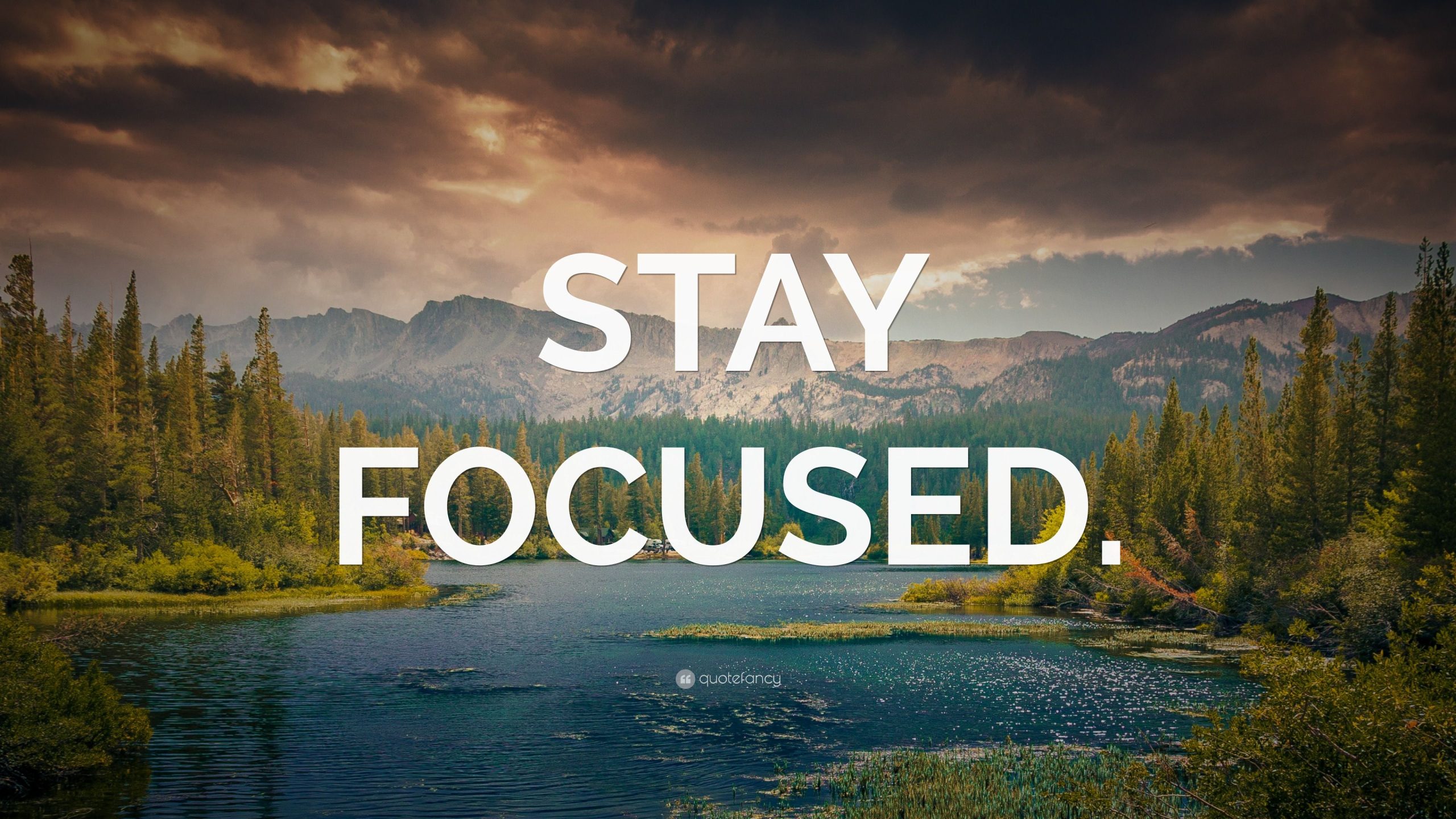
Australia, the land Down Under, is a continent of dazzling contrasts. From the sun-drenched beaches of the Gold Coast to the ancient wonders of the Outback, and the vibrant cultural hubs of its capital cities, this vast nation offers an unparalleled travel experience. Deciding where to stay in Australia is the first and most exciting step in unlocking its myriad treasures. This comprehensive guide will equip you with everything you need to know, from its rich history and top attractions to practical travel tips, diverse accommodation options, seamless transportation, and the optimal times to embark on your adventure.
A Glimpse into Australia’s Captivating History
Australia’s story is a tapestry woven from millennia of Indigenous heritage and a more recent colonial past. For over 65,000 years, Aboriginal and Torres Strait Islander peoples have called this land home, nurturing a deep spiritual connection to the country and developing rich, diverse cultures. Their ancient traditions, Dreamtime stories, and art forms are an integral part of Australia’s identity, particularly evident in regions like Uluru and Arnhem Land.

Related Articles about From Outback Oases to Coastal Charms: Your Ultimate Guide to Where to Stay in Australia:
- Cape Town Calling: Your Ultimate Guide to the Mother City
- Vancouver: Your Ultimate Guide to an Unforgettable West Coast Adventure
- A Kaleidoscope of Wonders: Exploring the Top Attractions of the United States
- Hanoi: A Journey Through Time and Culture
- The City of Angels Awaits: Your Ultimate Los Angeles Travel Guide
European settlement began with Captain James Cook’s landing in 1770, followed by the establishment of the First Fleet in 1788, marking the beginning of British colonization. This period brought significant changes, including the displacement of Indigenous populations and the development of agriculture and industry. The 19th century saw gold rushes that spurred population growth and the establishment of distinct colonies, which eventually federated in 1901 to form the Commonwealth of Australia. Today, Australia is a multicultural nation, celebrating its diverse heritage while acknowledging and respecting its Indigenous roots.
Unveiling Australia’s Top Attractions: A Journey of Discovery
Australia’s allure lies in its breathtaking natural landscapes and vibrant urban centers. Here are some of the must-see destinations:
1. Sydney, New South Wales: The iconic gateway to Australia, Sydney is a city of stunning natural beauty and cosmopolitan flair.
- Top Attractions: The Sydney Opera House and Sydney Harbour Bridge are undeniable landmarks, best experienced with a harbour cruise or a bridge climb. Relax on the world-famous Bondi Beach, explore the historic The Rocks district, and immerse yourself in the natural wonders of the Royal Botanic Garden. Don’t miss a day trip to the majestic Blue Mountains.
2. Melbourne, Victoria: Renowned for its vibrant arts scene, laneway culture, and culinary excellence, Melbourne is a city that captivates the senses.
- Top Attractions: Wander through the eclectic laneways adorned with street art and discover hidden cafes and boutiques. Catch a tram to Federation Square, visit the National Gallery of Victoria, and experience the thrill of a sporting event at the Melbourne Cricket Ground (MCG). A scenic drive along the Great Ocean Road to see the Twelve Apostles is an absolute must.

3. Cairns & the Great Barrier Reef, Queensland: The tropical north beckons with its warm waters and unparalleled marine biodiversity.
- Top Attractions: The Great Barrier Reef is a UNESCO World Heritage site and the world’s largest coral reef system. Snorkel or dive amongst vibrant coral gardens and diverse marine life. Explore the ancient Daintree Rainforest, the world’s oldest tropical rainforest, and take a scenic trip on the Kuranda Scenic Railway.
4. Uluru-Kata Tjuta National Park, Northern Territory: The spiritual heart of Australia, Uluru (Ayers Rock) is an immense sandstone monolith that glows with a magical aura at sunrise and sunset.
- Top Attractions: Witness the changing colours of Uluru at dawn and dusk, walk the base of the rock, and explore the majestic domes of Kata Tjuta (The Olgas). Learn about Anangu Aboriginal culture at the Cultural Centre and experience the unique desert landscape.
5. The Gold Coast, Queensland: A sun-kissed paradise for beach lovers and thrill-seekers.
- Top Attractions: Miles of golden beaches like Surfers Paradise and Broadbeach offer world-class surfing and swimming. Theme parks like Warner Bros. Movie World and Sea World provide family fun, while the lush hinterland offers hiking trails and stunning views.
6. Perth, Western Australia: Boasting pristine beaches, a vibrant city center, and proximity to natural wonders.
- Top Attractions: Relax on the expansive Cottesloe Beach, explore the city’s cultural precincts, and take a ferry to Rottnest Island to meet the adorable quokkas. Venture to the Swan Valley for wine tasting or explore the dramatic coastal landscapes of The Pinnacles Desert.
7. Tasmania: A rugged island state offering a pristine wilderness experience.
- Top Attractions: Hike through the dramatic landscapes of Cradle Mountain-Lake St Clair National Park, explore the historic penal settlement of Port Arthur, and discover the vibrant city of Hobart, home to the Museum of Old and New Art (MONA).
Practical Travel Tips for Your Australian Adventure
- Visa Requirements: Check visa requirements well in advance, especially for international visitors.
- Sun Protection: The Australian sun is intense. Pack sunscreen, a hat, and sunglasses.
- Hydration: Drink plenty of water, especially in warmer climates and the Outback.
- Book in Advance: For popular attractions, tours, and accommodation, booking ahead is highly recommended, especially during peak season.
- Respect Indigenous Culture: Be mindful and respectful of Aboriginal and Torres Strait Islander cultures. Ask permission before taking photos of people or sacred sites.
- Embrace the Outdoors: Australia is a country that thrives on its natural beauty. Pack appropriate gear for hiking, swimming, and exploring.
- Tipping: Tipping is not mandatory in Australia but is appreciated for exceptional service.
- Currency: The Australian Dollar (AUD). Credit and debit cards are widely accepted.
- Power Adapters: Australia uses Type I plugs (three flat pins).
Accommodation Options: A Haven for Every Traveler
Australia offers a diverse range of accommodation to suit every budget and travel style:
1. Luxury Hotels: For those seeking indulgence, Australia boasts world-class hotels in major cities and scenic locations, offering impeccable service, fine dining, and stunning views. Think the Four Seasons in Sydney, The Langham in Melbourne, or Lizard Island Resort on the Great Barrier Reef.
2. Boutique Hotels & Guesthouses: These offer a more intimate and personalized experience, often with unique character and local charm. They are prevalent in vibrant city neighborhoods and charming regional towns.
3. Mid-Range Hotels & Serviced Apartments: A popular choice for families and longer stays, offering comfortable amenities and convenient locations. Many serviced apartments provide kitchens, laundry facilities, and separate living areas.
4. Hostels & Budget Accommodation: Australia has a well-established hostel network, offering affordable dormitory beds and private rooms. They are excellent for solo travelers and those looking to connect with other explorers. Many offer communal kitchens, social areas, and organized tours.
5. Holiday Parks & Resorts: Especially popular in coastal and tourist areas, these offer a range of options from self-contained cabins and villas to caravan and camping sites. They often feature swimming pools, playgrounds, and recreational facilities, making them ideal for families.
6. Eco-Lodges & Unique Stays: For a more immersive experience, consider eco-lodges in rainforests, glamping tents in the Outback, or even farm stays. These options allow you to connect with nature and experience Australia in a more sustainable way.
7. Self-Catering & Airbnb: Renting an apartment or house through platforms like Airbnb offers flexibility and the opportunity to live like a local, especially for longer stays or groups.
Where to Stay – Specific Recommendations:
- For City Buzz: Sydney (The Rocks, CBD, Bondi), Melbourne (CBD, Fitzroy, Southbank), Brisbane (South Bank, CBD).
- For Beach Bliss: Gold Coast (Surfers Paradise, Broadbeach), Sunshine Coast (Noosa), Byron Bay.
- For Nature & Adventure: Cairns (for the Reef & Rainforest), Uluru (limited but unique options), Tasmania (Hobart, Cradle Mountain).
- For Outback Immersion: Alice Springs (as a gateway to Uluru), Broome (for the Kimberley).
- For Wine Lovers: Barossa Valley (South Australia), Hunter Valley (New South Wales), Margaret River (Western Australia).
Seamless Transportation: Navigating the Vast Continent
Australia’s sheer size necessitates careful consideration of your transportation.
- Flying: For long distances between major cities, flying is the most efficient option. Major airlines like Qantas, Virgin Australia, and Jetstar operate extensive domestic networks. Booking in advance often secures better fares.
- Driving: Renting a car offers incredible flexibility, especially for exploring regional areas and scenic routes like the Great Ocean Road or the Outback. However, be prepared for long driving distances and consider fuel availability in remote areas.
- Trains: While not as extensive as in Europe, Australia has some iconic rail journeys, such as The Ghan (Adelaide to Darwin) and the Indian Pacific (Sydney to Perth), offering a unique way to experience the landscape. Regional train services are also available in some states.
- Buses: Intercity bus services like Greyhound Australia connect major towns and cities, offering a more budget-friendly option for travel.
- Ferries: Essential for accessing islands like Rottnest Island (from Perth) or Tasmania (from the mainland).
- Public Transport within Cities: Major cities have excellent public transport systems, including buses, trains, trams (Melbourne), and ferries (Sydney). Purchasing a multi-day travel pass can be cost-effective.
The Best Time to Visit: Embracing the Seasons
Australia experiences a range of climates due to its vast size. The "best" time to visit depends heavily on your chosen destinations and desired activities.
- Spring (September – November): Generally a pleasant time across most of the country. Wildflowers bloom in Western Australia, and the weather is ideal for exploring cities and national parks. Temperatures are mild, and rainfall is moderate.
- Summer (December – February): This is the peak tourist season, especially for beach destinations like the Gold Coast and Sydney. Expect hot temperatures, particularly inland and in the north. It’s also the wet season in the tropical north (Cairns, Darwin), with potential for monsoons and cyclones.
- Autumn (March – May): A fantastic time to visit many parts of Australia. The weather is cooler and more comfortable, making it ideal for exploring cities, hiking, and wine regions. The colors of autumn are beautiful in the southern states.
- Winter (June – August): Perfect for exploring the warmer northern regions like Queensland and Western Australia, which experience pleasant, dry weather. It’s also the best time for whale watching along the coast. The southern states can be cool and wet, but it’s ideal for skiing in the Australian Alps.
Considerations for specific regions:
- Tropical North Queensland (Cairns, Port Douglas): The dry season (May to October) is ideal, with sunny days and less humidity.
- The Red Centre (Uluru): The cooler months (April to September) are best to avoid extreme heat.
- Southern States (Sydney, Melbourne, Tasmania): Spring and Autumn offer the most pleasant weather for sightseeing and outdoor activities.
- Western Australia (Perth, Margaret River): Spring and Autumn are generally considered the best, with mild temperatures and beautiful scenery.
Embarking on Your Australian Odyssey
From the iconic skylines of Sydney to the ancient allure of Uluru, Australia offers a journey of a lifetime. By understanding its history, embracing its diverse attractions, heeding practical travel tips, choosing accommodation that suits your style, planning your transportation, and timing your visit strategically, you’re well on your way to experiencing the magic of this extraordinary continent. Pack your sense of adventure, and prepare to be captivated by the land Down Under.





